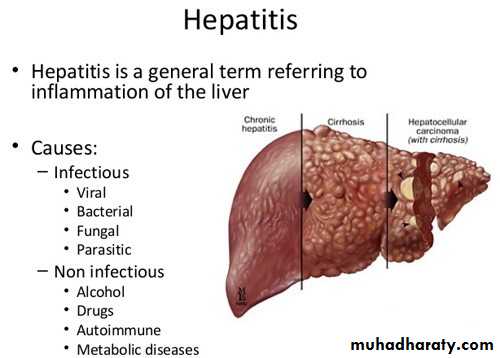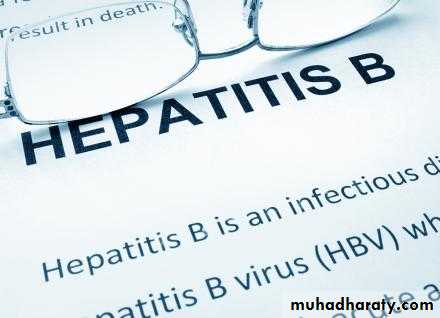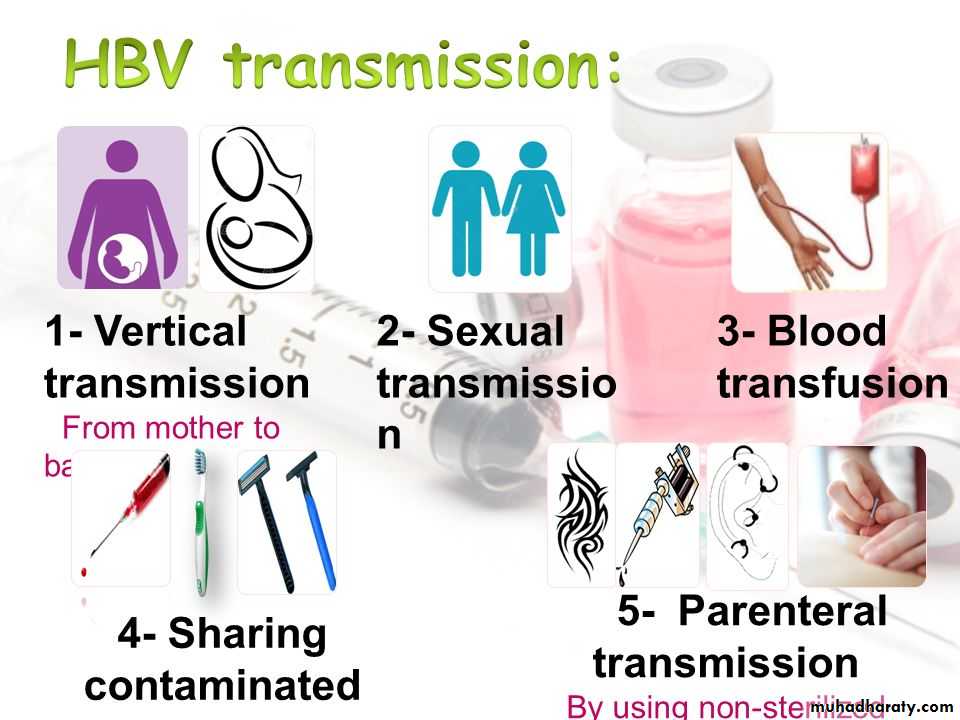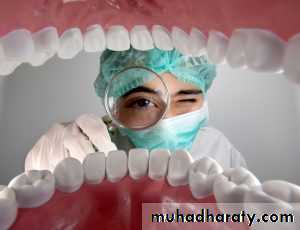Dental considerations in patients with liver disease
What is the liverThe liver functions include:
1) Production of bile2) Storing of the extra glucose or sugar as glycogen
3) Production of blood clotting factors
4) The processing and storage of iron
5) The manufacture of cholesterol
6) The conversion of waste products of body metabolism into urea
7) Metabolizing medications into their active ingredient in the body
Liver diseases are very common and can be classified into:
1) Acute (characterized by rapid resolution and complete restitution of organ structure and function once the underlying cause has been eliminated)2) Chronic (characterized by persistent damage, with progressively impaired organ function ranges from fatty liver to hepatocellular carcinoma, and includes hepatitis, fibrosis and cirrhosis.
Liver diseases can also be classified into
1) Infectious (hepatitis A, B, C, D and E viruses, infectious mononucleosis and tuberculosis)
2) Non-infectious (Fatty disease, Liver cirrhosis, Liver cancer)
Classic symptoms of liver disease include:1) Nausea,
2) vomiting,
3) Right upper quadrant abdominal pain
4) Jaundice (a yellow discoloration of the skin and sclera due to elevated bilirubin concentrations in the bloodstream).
5) Fatigue, weakness and weight loss may also be occur.
Hepatitis A:
Hepatitis A is a viral liver disease that can cause mild to severe illness.The hepatitis A virus (HAV) is transmitted through ingestion of contaminated food and water or through direct contact with an infectious person.
Almost everyone recovers fully from hepatitis A with a lifelong immunity.
Hepatitis A treatment usually focuses on keeping comfortable and controlling signs and symptoms
. The patient is able to transmit the infection during the incubation period (2-6weeks).
Hepatitis B:
Hepatitis B is a worldwide health problem, with an estimated 400 million carriers of the virus, Hepatitis B virus is highly infectious in blood and other body fluid.An important consideration among dental professionals is the risk of percutaneous transmission through punctures or cuts with instruments infected from HBV-positive patients, or absorption through the mucosal surfaces (eyes).
The diagnosis of acute HBV infection is made by recognition of the clinical features, specific serologic tests for viral antigens and antibodies, and elevated liver enzymes. The hepatitis B surface antigen (HBsAg) is the first detectable specific marker.
Vaccination is the most effective means of preventing HBV infection. The incubation period lasts 2-6 months. Over 50% of all infections are subclinical and are not associated with jaundice.
Hepatitis C:
Hepatitis C virus (HCV) infection is the main cause of chronic liver disease and of liver-cirrhosis. It has been estimated that 8000 to 10,000 deaths a year are attributable to HCVThe sources of contagion include percutaneous exposure through contaminated instruments, and occupational exposure to blood. The incubation period is long (up to three months), and 85% of all patients with HCV infection develop chronic hepatitis.
No effective vaccine against HCV has yet been developed .
Liver cirrhosisIs irreversible, and is characterized by the formation of fibrous scarring in the liver, with the formation of regeneration nodules that increase resistance to blood flow through the organ.
The main causes of liver cirrhosis are hepatitis B and C infection and alcohol abuse
The most frequent problems associated with liver disease in clinical practice include:a. The risk of bleeding in patients with serious liver disease, In situations of advanced liver disease, the vitamin K levels can be significantly lowered, thus giving rise to a reduction in the production of blood coagulation factors
b. Alterations in the metabolism of certain drug substances which increases the risk of toxicity.
c. Risk of percutaneous transmission through punctures or cuts with instruments infected from HBV- HCV positive patients, or absorption through the mucosal surfaces (eyes).
Dental management
• Consultation with physician in order to establish which drugs are used.• local measure for bleeding control.
3- The universal protective measures are applicable in order to prevent cross-infection. Strict sterilization measures are therefore required, since deficient sterilization can expose both the dentist and other patients to hepatitis infection.
in the case of accidental perforation of the skin with instruments or needles comprise careful washing of the wound (without rubbing, as this may inoculate the virus into deeper tissues) for several minutes with soap and water, or using a disinfectant of established efficacy against the virus (iodine solutions), If exposure through some mucosal membrane has occurred, irrigation with tap water is advised, for several minutes, and receive vaccine.
4- The administration of certain analgesics, antibiotics and local anesthetics is generally well tolerated by patients with mild to moderate liver dysfunction,
advanced stage liver disease. Certain substances such as erythromycin, metronidazole or tetracyclines must be avoided entirely. Nonsteroidal anti-inflammatory drugs (nsaids) should be used with caution or avoided, due to the risk of gastrointestinal bleeding and gastritis usually associated to liver disease.









